
We seem to have a lot of you guys reach out for the same issues regarding their guinea pig fleece bed liner that all come back to one simple reason. The issues we mostly hear about are things like lacking in absorbency, shrinkage or your liner starting to smell (YUCK!). Sound like you? We suggest scrolling through this tutorial a bit to pick up some tips!
As always, if you are not a fan of reading, feel free to scroll to the bottom where we will link the Youtube video that explains this process!
Who wants a smelly piggy cage? Isn't that one of the reasons you switched to fleece lining for your guinea pig anyways? Here we will explain our "deep cleaning" method that is sure to keep your liner in the best possible shape and to make sure these things do not happen- and how to fix them.
Let's start by explaining WHY this happens. Well, it can happen because of many reasons, however, the most typical being that there is some sort of heat damage, which is very clear when you look at these images:

All of the wrinkles in the diamond pattern indicate that these liners have been severely damaged by some sort of heat. Both of these guinea pig fleece bed liners have also been shrunk and in result have the wrinkles in their diamond pattern. Heat damage can usually not be fixed.
What we hope the reason you are having issues with is urine or detergent deposits building up or that you are using a fabric softener. We do want to note that some detergents have fabric softeners in them, so of course please make sure this is not the case for you. As for built-up deposits; our liner's bamboo layer is super absorbent. If enough water is not cycling through the liner for whatever reason (like your washer not using enough water during it's cleaning cycle), then urine and detergent could hinder the functionality of your liner.

For the first step, you are going to want to fill up your tub with water. Make sure it at least fills the entirety of the bottom of your tub as it has to fit your liner.

Make sure to flip the pocket inside out to allow the water to pass through it easily.

Make sure to lay the guinea pig fleece bed liner liner completely flat so that none of the bamboo layers is hard for the water to get to. You are going to want to let it soak for a couple hours. Our liner is very absorbent, so we want to make sure it is exposed to all of the build-ups and break it down for it to clean properly. Feel free to squeeze it here or there to encourage built up urine and deposits to escape.

After it is finished soaking, we want to wring out the liner. Please note that the liner will be VERY heavy when it is wet. To prevent any injury to your back and spine, please lift with your legs, not your back.

Lastly, we are going to wash your guinea pig fleece fabric liner like normal. Same settings as in our "Laundry Day" video (link below) and our cleaning blog post. For reference, cold settings only. Cold wash, cold dry, only detergents with no scent or colors and absolutely no fabric softener. If you want something to use as a fabric softener, we recommend using vinegar.
We hope this helps resolve some of the issues you may be facing. For the entirety of the video and for a bit more explanation, check out our Youtube videos on our process!
You can read our other blog post If you want some tips on how to spot clean and wash your GuineaDad Liner.
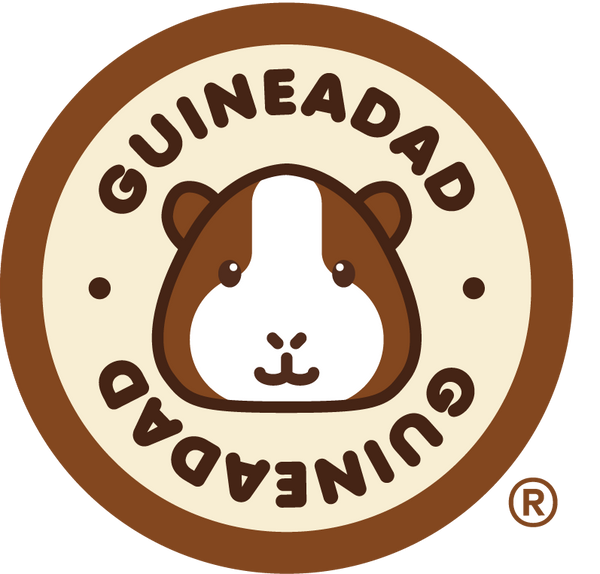
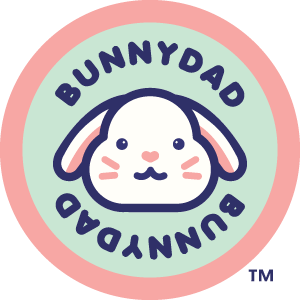
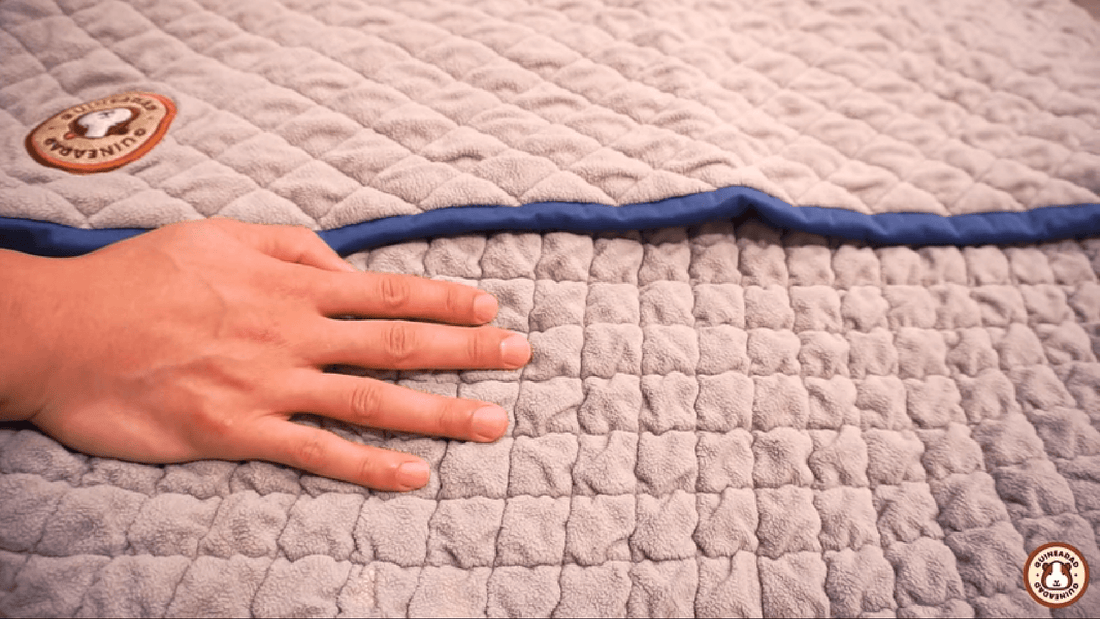



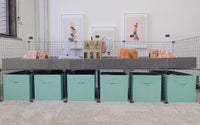

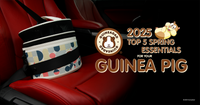
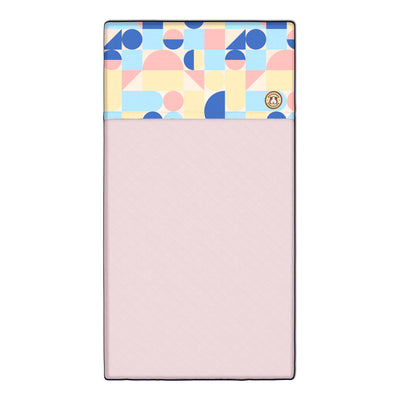
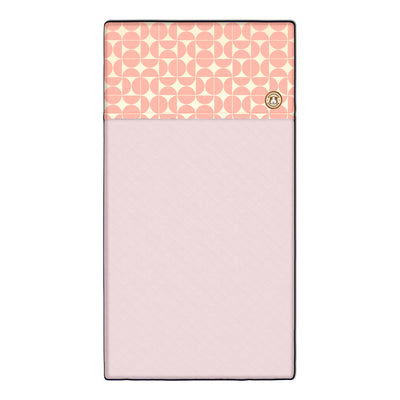
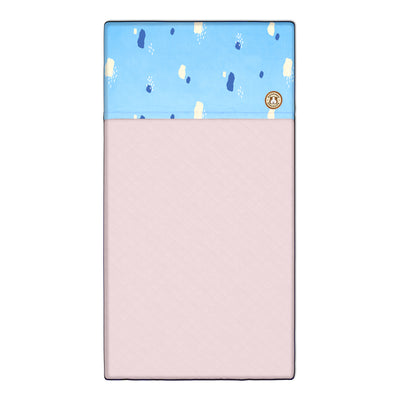
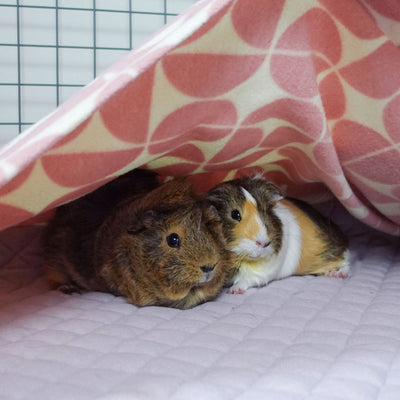
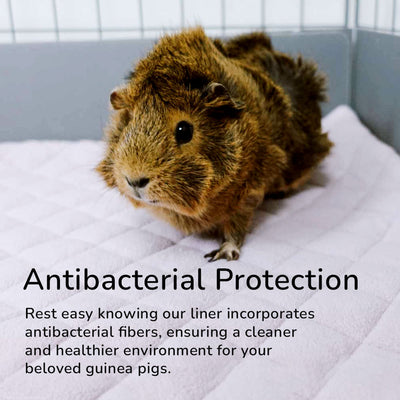
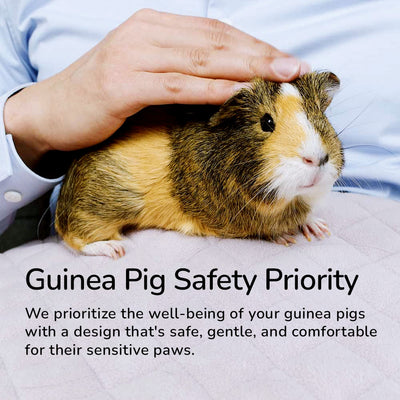
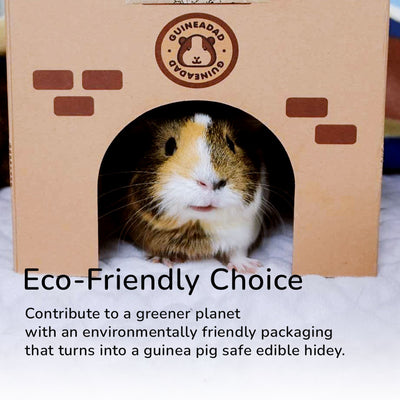
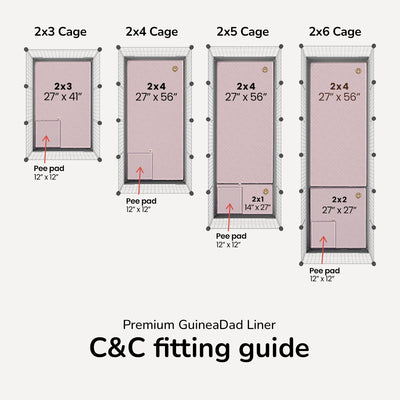
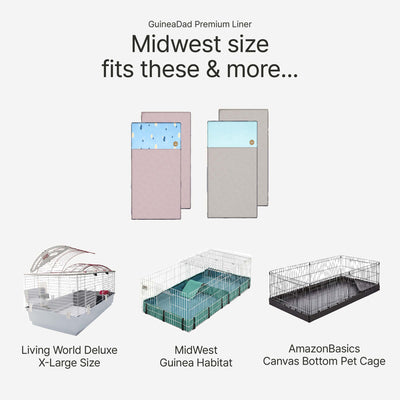
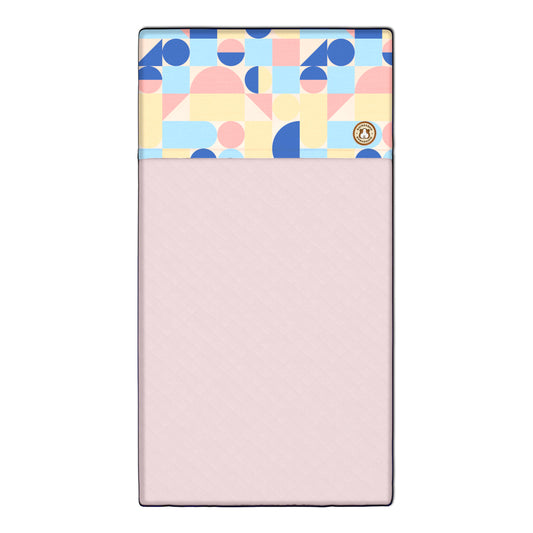



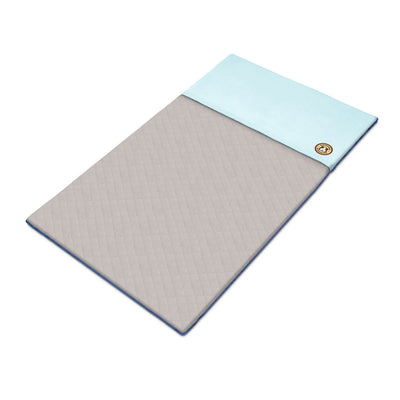
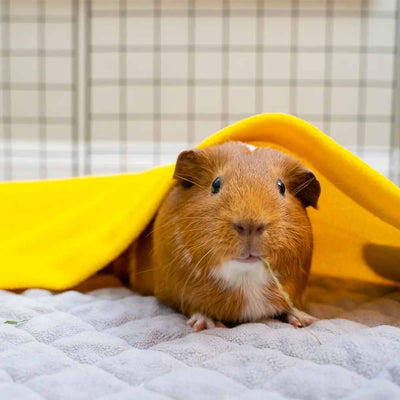
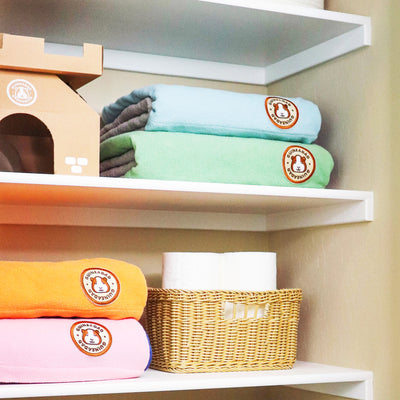
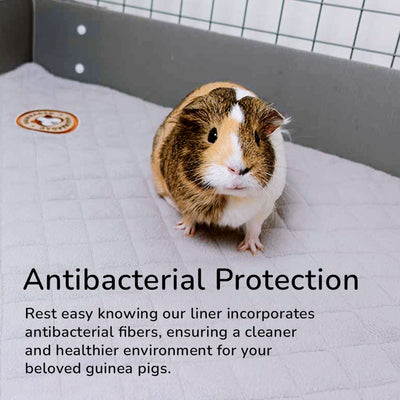
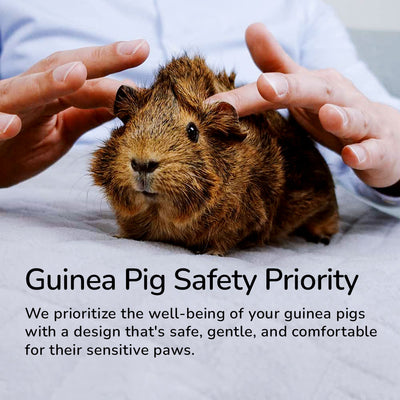
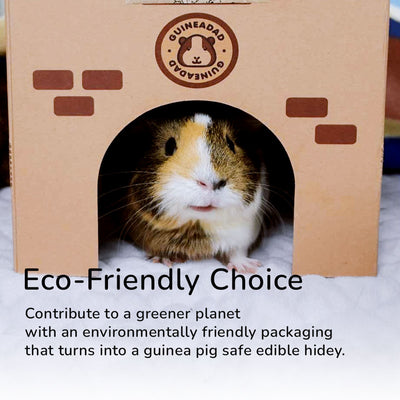
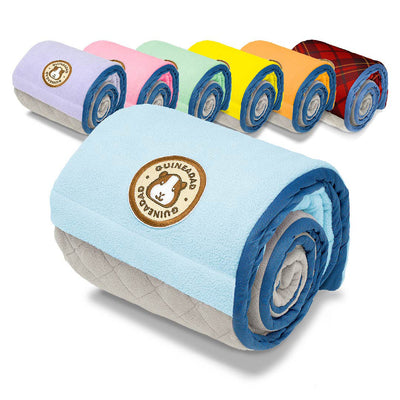
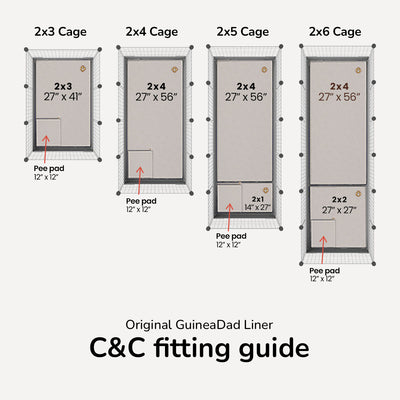
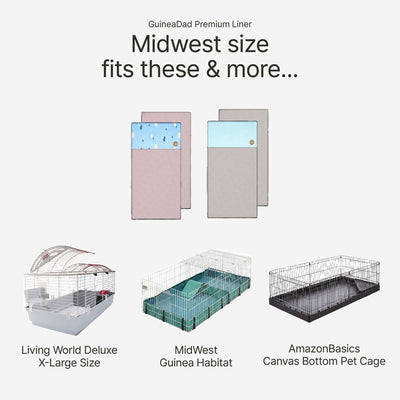
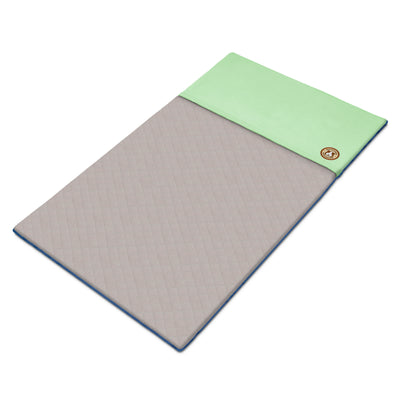
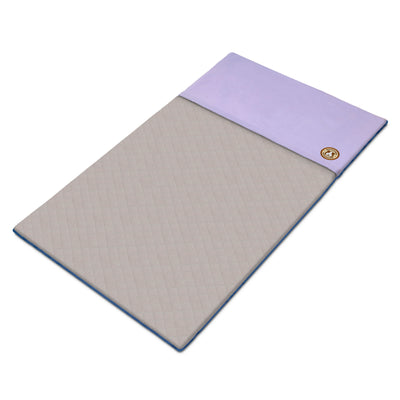
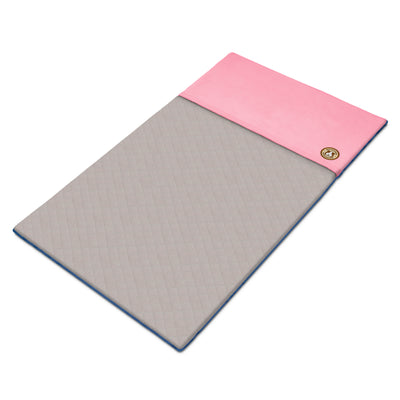
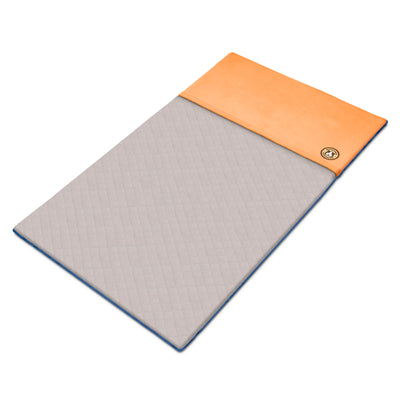
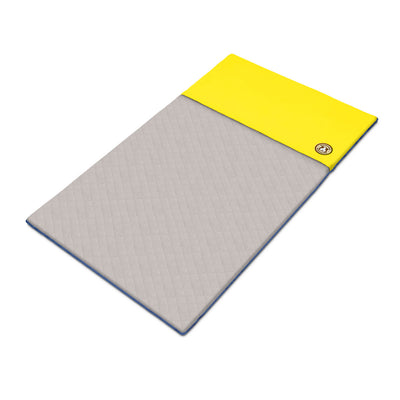
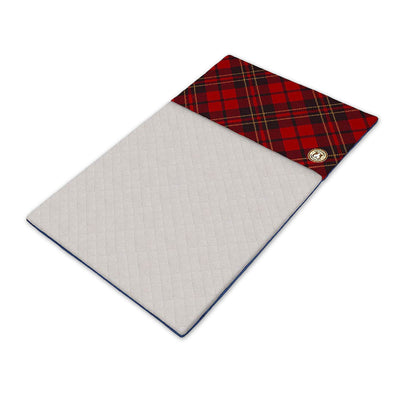
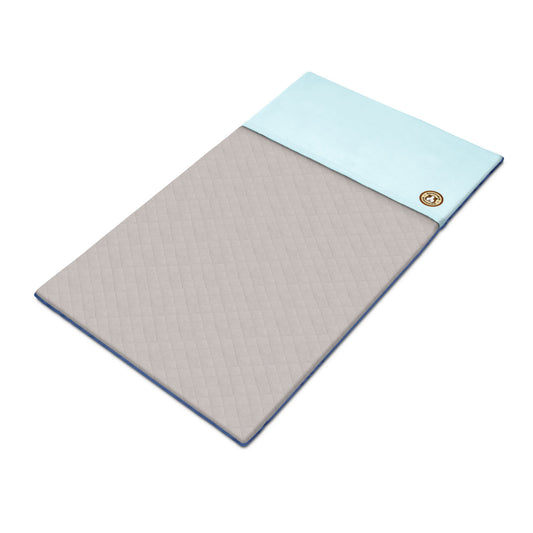







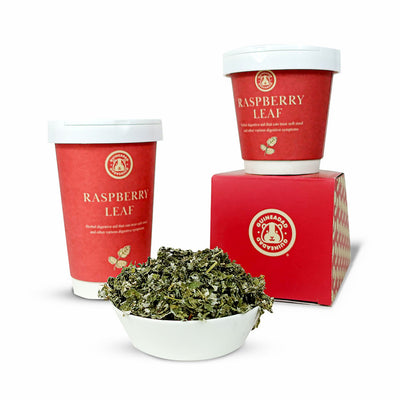
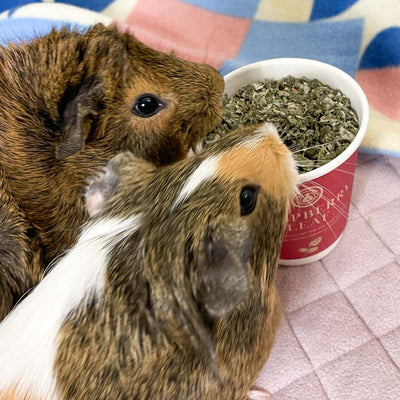
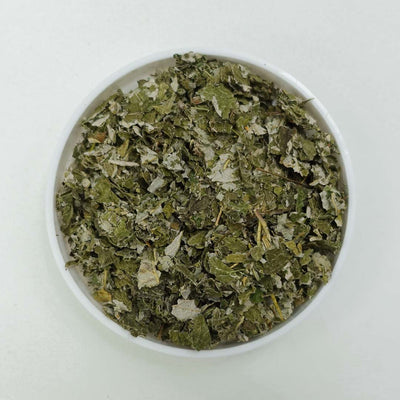
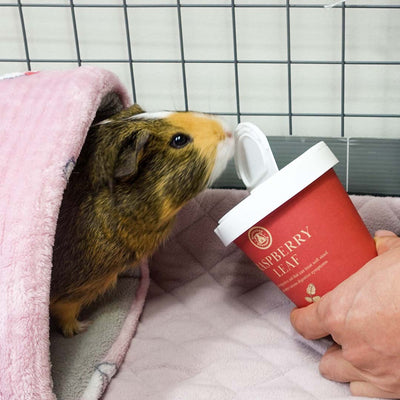


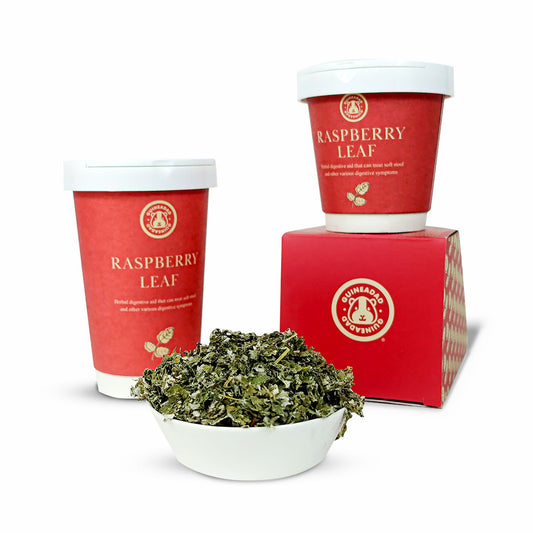
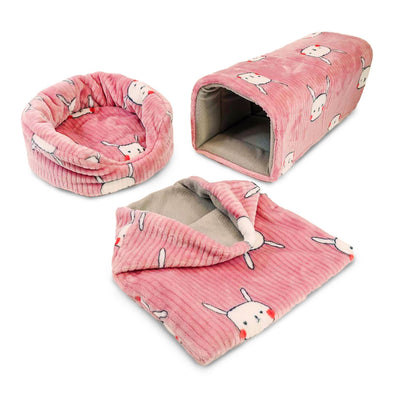
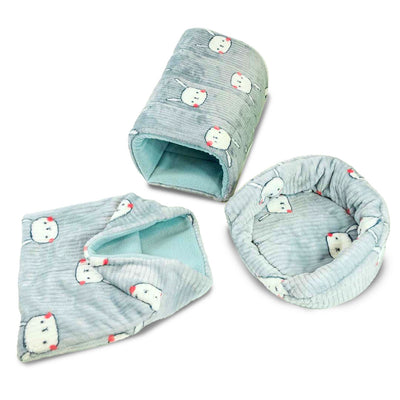
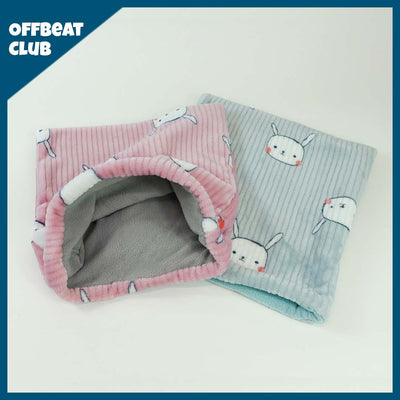
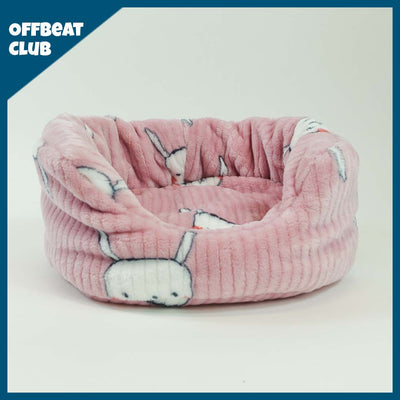
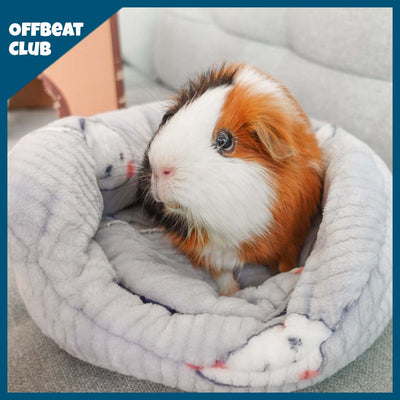
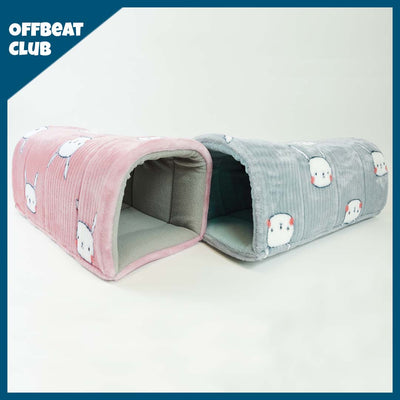
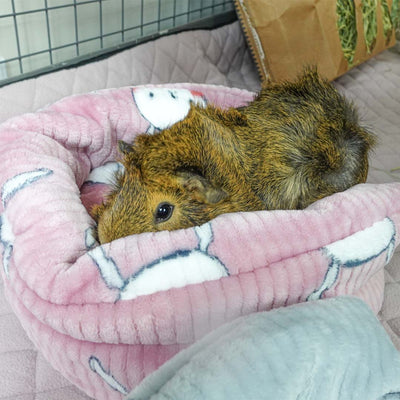
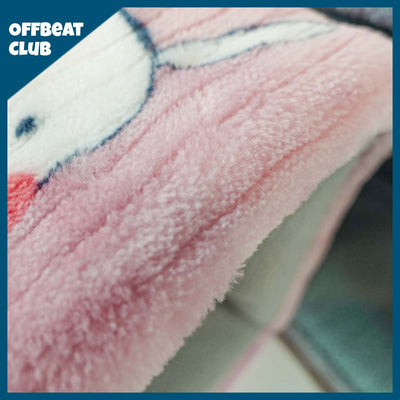
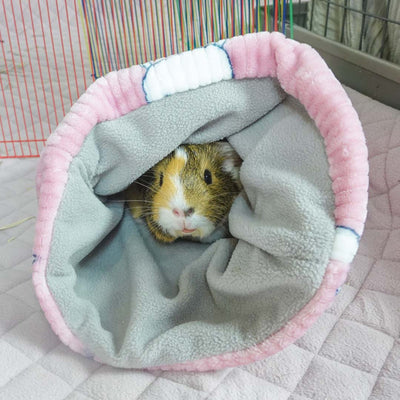
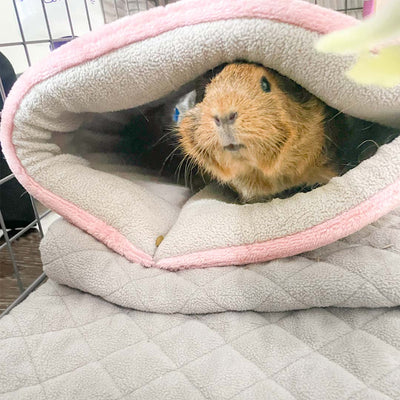
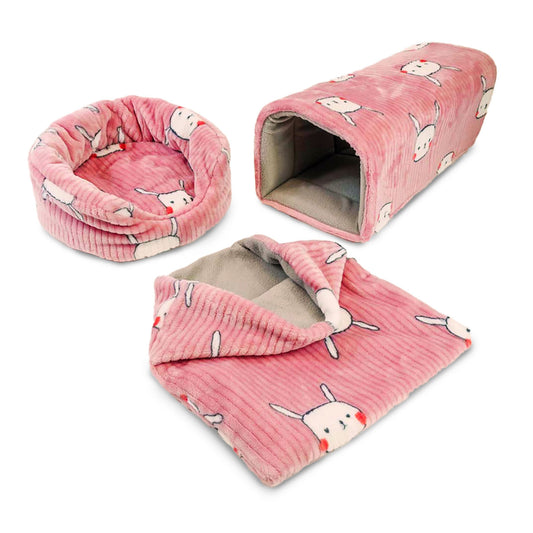


11 comments
How frequently should these liners be washed? I usually wash my blankets every 1-2 days is that the same with these liners?
I will say that vinegar can help soften, protect and deodorize safely and naturally. I used it on my cloth diapers for the urine smell and it really works great for piggy liners as well. The sun also helps kill off odor causing bacteria so line drying or hanging over a chair outside works wonders.
Reagan, here is our suggestion on washing fabric toys. Remove from the habitat and make sure they are free from any debris. Use either cold or warm water, medium spin, and heavy soil level. If your machine has it, use the extra spin and extra rinse options.
Do not overfill the detergent compartments. Only fill about half way.
For a natural fabric softener and disinfectant, use ¼ to ½ cup distilled white vinegar.
Make sure that as much of the water is spun out as possible. This ensures that they dry properly.
To dry
Drying temperature should always be set to the lowest setting possible.
Do not use medium or high heat, as this can damage them or even cause shrinkage. Low heat setting only!!
Try to dry for about 30 minutes. Drape it over a chair inside or line dry the rest of the way.
If line drying, making sure it is out of direct sunlight, as the heat can have the same effect as machine drying on high heat.
Does this process work for other Guinea pig furniture such as cuddle cups,fabric tunnels,snuggle sacks and other fabric small animal furniture?
I just received 2 guinea pig liners. A guineadad liner-full size fleece and a premium liner. I was ready the booklets that came with them and they say that the full size fleece should be washed in warm water and the premium liner is to be washed in hot water. When I watch the video and read about cleaning the liner on your website it says to use cold water. I have been using cold water for my other 6 guinea dad liners. So please which is it as I do not want to wreck the liners.